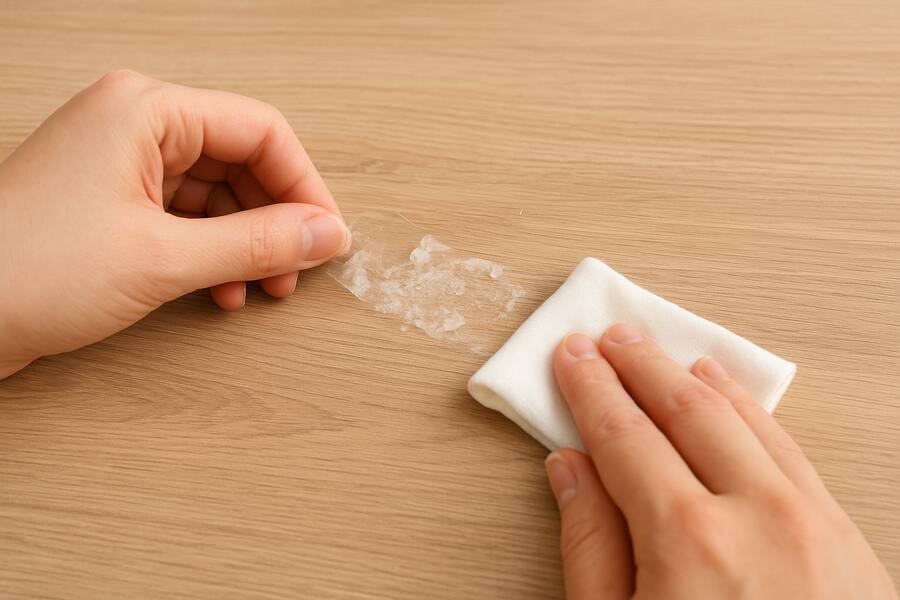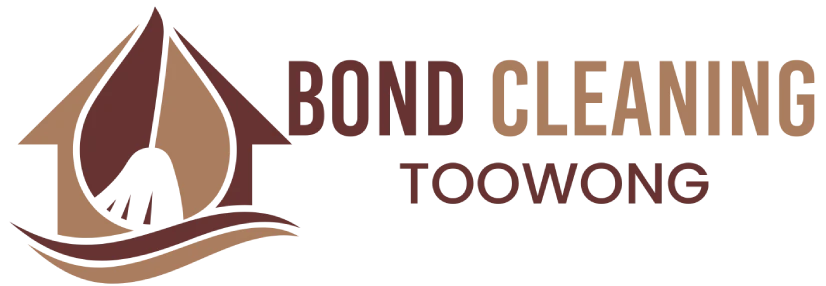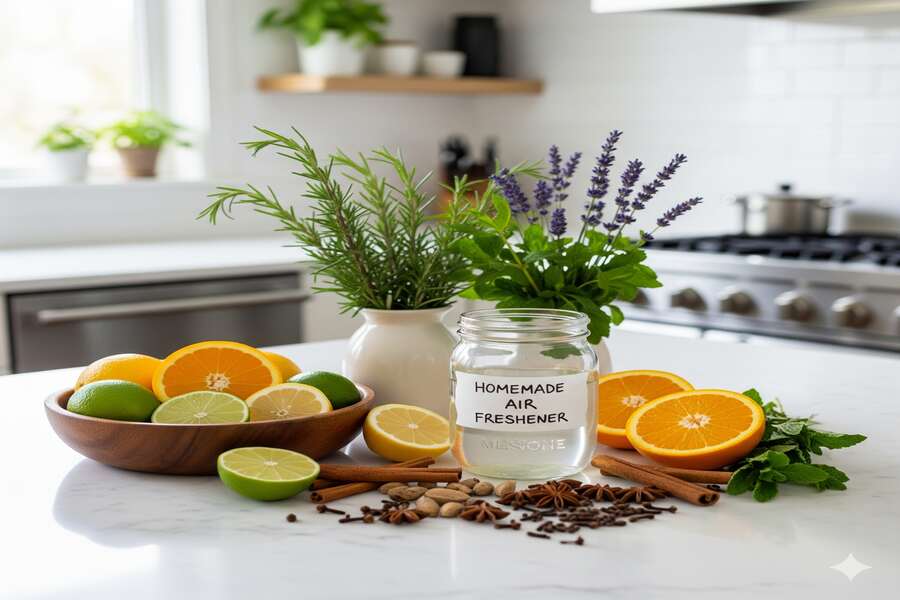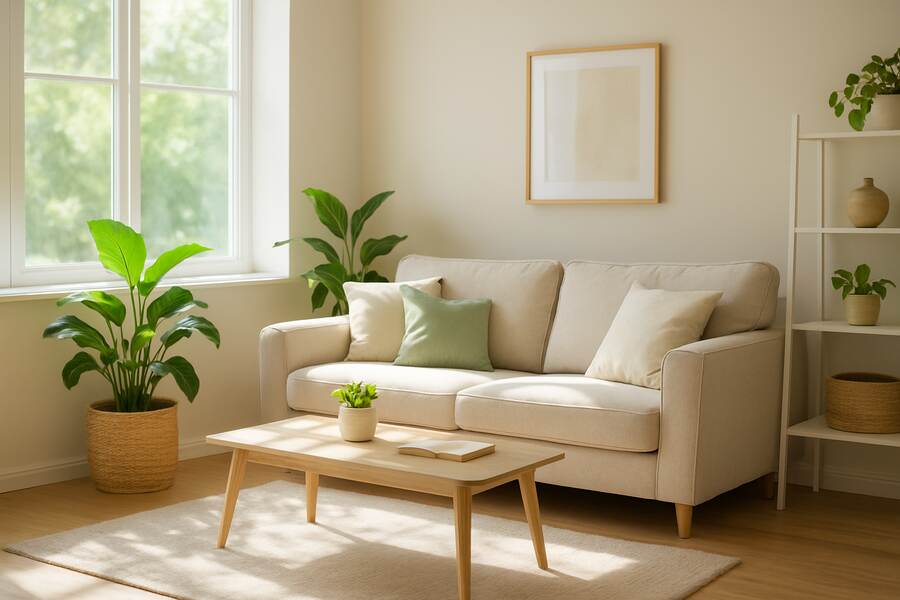Sticky Tape and Adhesive Residue Removal Best Tips

Have you ever gone to remove a sticker, tape or label, and then you are left with that annoying sticky tape residue that you just cannot get off? You attempt to scrape it off with your nails, to rub it with a cloth, to scrub at it with soap and water-but the sticky film remains like a constituent part of the surface. Annoying, is it? Whether it is price stickers on new glassware, duct tape scratches on walls or glue residue left on furniture, sticky residue is often where you do not want it to be.
But what if it did not need to be such a bother? Considering how to make that sticky tape mass look shiny and clean with only a couple of ingenious tricks. The finest aspect is? You do not require any expensive equipment or caustic cleaners. This blog will cover how to ensure that adhesive and sticky tape residue does not come your way again through the best, safest, and, really, easiest ways.
How To Remove Sticky Tape Residue
Sticky tapes and adhesives attached to bottles, jars, floors, and sensitive surfaces are hard to remove cleaning them without destroying or scratching them. Those removers purchased in the stores are efficient, but most of the time, they are powerful, toxic chemicals. Don’t! Use the safe, natural methods that experts in bond cleaning toowong recommend. This is a fast way of removing adhesives and glue stains without damaging your surfaces and easily.
1. Detection of Various Sticky Tape/Adhesives
The various categories of adhesives have to be grasped in tacking. All the types require a particular product or technique to perform the best. Therefore, such types can be considered:
- Pressure-Sensitive Adhesives: Pressure-sensitive Adhesives are applied to glass bottles, jars, stickers and labels of masking tapes. Mildly strong agents will be needed to remove.
- Water-Activated Glues: Commonly used with envelopes and stamps. Delivery Residue can be gotten rid of via water-driven things.
- Permanent Adhesives: These are time-consuming and energy-consuming to remove. Apply higher solvents and use the correct scrubbing equipment.
All homeowners need to be aware of the proper methods of handling various adhesives that would not lead to structural damage or scratching. For more ideas, check our guide on removing wall stains.
2. Usage of Hot, Soapy Water
In the case of water-activated adhesives and sticky deposits, add a couple of drops of a mild detergent dishwashing liquid and one cup of hot water to a container. Next, wet a clean cloth or sponge in the water and hold it on the damaged part, 10- 15 seconds at a time. This will soften the bonding. Then thoroughly rub or scrub with a plastic scraper. Do so with your tender paws that no harm befall. Clean again and dry out thoroughly.
Tip: This is a magic formula on nonporous surfaces such as plastic, metal and glass.
3. Baking Soda and Coconut Oil pairing
To safely and environmentally get rid of sticky tape residue and adhesive stains, you can prepare a simple DIY paste. Combine 2 parts baking soda with 1 part coconut oil and add a few drops of tea tree or your favourite essential oil! This heavy-duty paste is a miracle worker on bottles, jars, hardwood floors and wooden furniture too! So, apply the solution liberally to the sticky residue and allow it to sit for 10 – 20 minutes.
Baking soda dissolves uncooperative, sticky stains, and coconut oil makes scrubbing a breeze. Clean with a light wipe or sponge with a damp cloth. For tough labels, allow the paste to remain for one hour.
4. Apply Hairdryer Method
It is nice to apply your hair dryer to the sticker residue and switch it on (heat setting). Always melt the stains of glue with hot air. Then scrape with a plastic scraper or a finger.
But when you are faced with the final rental inspection, hire professionals to do a professional end of lease cleaning and recoup hard-earned bond money. They adhere to tested and proven techniques of getting tough stains, such as sticky tape, off without leaving scratch marks in their aftermath.
5. To the Rescue Rubbing Alcohol
One cannot argue the fact that rubbing alcohol is one of the strongest cleaning solutions in a home. It can kill germs and bacteria that can hide in other surfaces and loosen persistent stains such as sticky tapes.
You also use a microfiber cloth or a small towel wetted with rubbing alcohol and scrub the area affected and remove the rubbing alcohol that may have left a residue on your hardwood floor or your glass surface. For Better results can be obtained by leaving an alcohol-soaked cloth over the area after 24 hours as well.
Tip: But on tough adhesive sticky tape residues, methylated spirits. It can work wonders in no time.
6. White Vinegar Solution to Adhesive or Sticky Tape
It is unbelievable, but white vinegar is really one of the most efficient natural adhesive remover substitutes to chemicals. Standardly deployed at the end of lease cleaning sorts, it effectively addresses sticky tape residue, mould, mildew grime, and even pet stains, but is not safe on natural stone. Equally combine vinegar and warm water, wipe and allow to dwell on the adhesive for 10 minutes. Wash lightly with a moist sponge, rinse off and dry to produce a clear, glowing, spotless surface.
7. Olive Oil Could Miracle
Olive oil mixed with baking soda will become a wonderful method on how to clean furniture and any other hardwood in the office. The gooey, sticky tape stains can very readily be removed with the use of olive oil without eliminating the shine in the wood. You should also add a quarter cup of baking soda to increase its effectiveness in order to obtain the desired results. One can also apply it on tiles, countertops, stainless steel and other insured surfaces.
Wrapping Up
Cleaning up sticky tape residue and sticky stuff does not have to be a frustrating exercise, so long as some of the techniques are employed. Easy and everyday household solutions, such as warm soapy water, vinegar and rubbing alcohol, the stickiness can alsoremoved easily on various surfaces without harming them with ease. It is all about picking the correct method following the material and maintaining softness in order not to mark or stain it.



